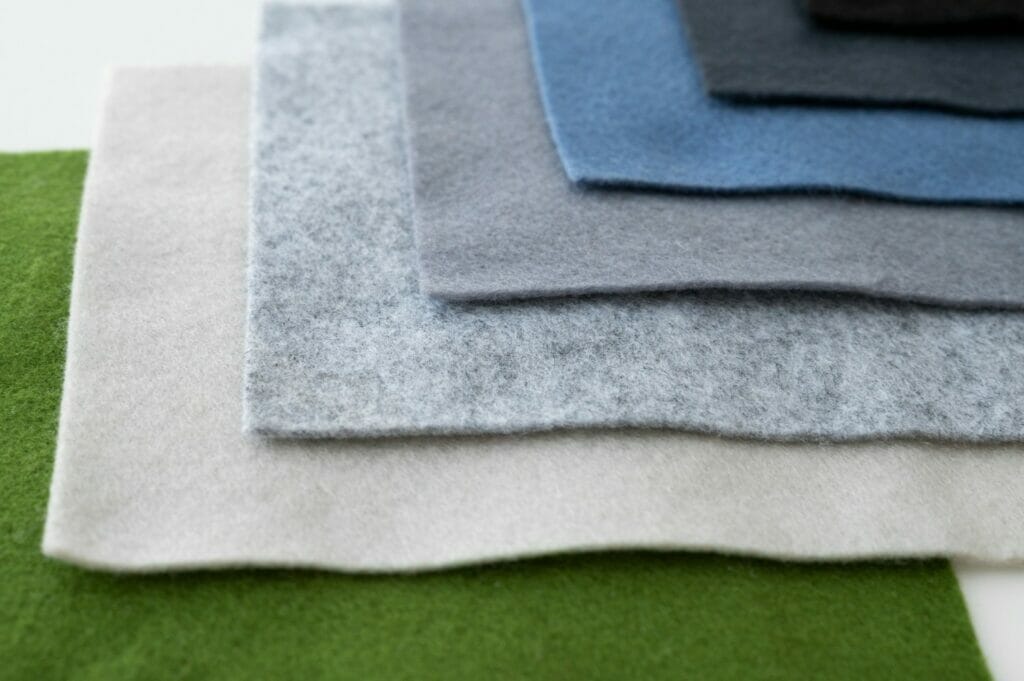Robot vacuums are indeed an incredible cleaning assistant for clean homes. However, not all smart vacuums are made for all flooring types. Some may have the power and functionalities to suck up heavily soiled carpets while others may only work for thin carpets with small fibers
If you are wondering how robot vacuum cleaners handle different types of carpeting, then you are at the right place.
In this article, we will walk through different types of carpets and the built-in cleaning functionalities of smart vacuums that help them get rid of dirt and debris from different types of carpeting.
Table Of Contents
What type of carpet do you need to vacuum?

The performance of every robot vacuum cleaner varies depending on the type of carpet This is because each carpet has a different length of fibers and varying thickness. Below are the types of carpets and a glimpse of how robot vacuums generally perform while tidying them up.
Low-Pile Carpeting
A low-pile carpet has short fibers or loops tightly woven together. This makes the carpet tight, smooth, and hence durable. Because of their short fibers, these carpets attract fewer allergens and are pretty easy to clean.
Robot vacuums generally perform well on these carpets. They can navigate and clean up easily because of the short fibers. This is why low-pile carpets are a go-to carpet choice for people who heavily rely on automatic vacuum cleaners as a cleaning assistant.
Medium-Pile Carpet
Medium-pile carpets possess qualities of both low-pile and high-pile carpets since it is both easy to clean and plush. However, they are still not as easy to clean as low-pile due to the length of their fibers. The fiber length of a medium pile usually lies around one-fourth to half an inch.
While some smart vacuum models work well on such carpets, others do not. Their performance depends on the type of brush and the suction power of the vacuum. Generally, smart vacuums do not perform on medium-pile carpets as well as they do on low-pile carpets.
High-Pile Carpets
High-pile carpets have fibers longer than low and medium-pile carpets. These carpets are soft, luxurious, and fluffy, making them an ideal choice for places where ambiance is needed. However, such carpets are not a good choice if you solely rely on cleaning with a robotic vacuum cleaner.
The long fibers can get entangled in the vacuum’s brushes, decreasing their cleaning efficiency. However, some robot vacuums work well on high-pile carpets with specialized brushes and strong suction power. If you have such types of carpets, consider a smart vacuum with a suction power of 5000 Pa, at least.
What can affect the performance of your smart vacuum?

When it comes to robot vacuums for carpets and rugs, cleaning performance can be influenced by factors like carpet thickness, pile height, and the presence of pet hair or debris, here are the main factors that can influence their performances:
- Suction power is a crucial factor that affects the cleaning performance of a robot vacuum. As a matter of fact, the models with higher suction power tend to be better at cleaning since they pick up dirt and clutter more efficiently.
- Different brush roll bristles complement various types of carpets. Harder and stiff bristles do a great job picking up hair and large debris. Whereas, softer bristles are good for cleaning high-pile carpets.
- Robot vacuums also offer specialized cleaning modes for different types of carpets. Skimming through the user manual will find you more information on these modes and which one works for you.
How do robot vacuums handle different types of carpets?
Depending on the robot’s suction power, brush roll type, and cleaning mode, each model performs differently on different carpets. Generally, low-pile and thin carpets are the easiest to clean since the robot does not have to go deep between fibers to suck the dirt out.
On the other hand, high-pile carpets are more difficult to clean because of the long fibers. Plus, high-pile carpets also cause allergen buildups.
How to choose the right automatic vacuum for a carpet or a rug?

If you have a lot of carpets around your house, you need to consider some factors before choosing a smart vacuum for it. Below is a list of things you need to check before choosing a robot vacuum for carpets.
- Type of Carpeting: Check whether your carpeting is low, medium, or high pile since the performance of every vacuum varies with different carpet types
- Suction Power of the Vacuum: Depending on the carpet type, the suction power requirement is different. Generally, it is a good idea to go for a robot vacuum with high suction power as they are more efficient.
- Brush Roll of the Vacuum: Brush rolls are the part that does the sweeping and cleaning in a robot vacuum cleaner. These brush rolls might be stiff, soft, or have rubber bristles. You should choose one that best suits your carpet type. Stiff bristles are the best pick for low-pile carpets while soft bristles are ideal for high-pile.
- Suitable Cleaning Modes: A robot vacuum operates on different floor types. They have various built-in modes for different situations. You can check the features list, or the product page to find out which modes a smart vacuum has and what fits your needs.
Related: Are Robotic Vacuums Worth It? (Really!)


